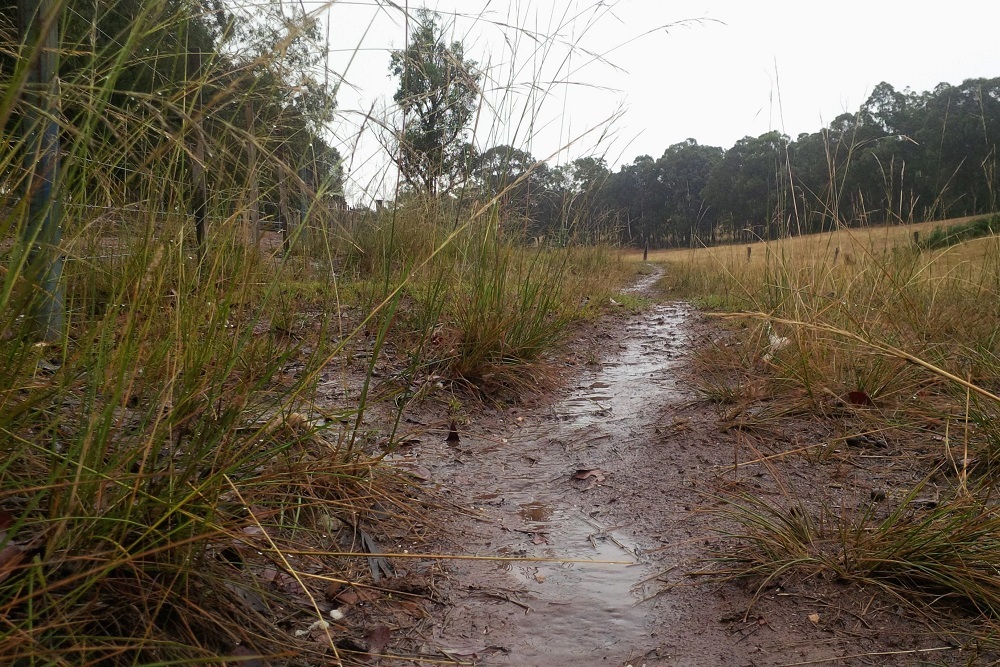The U.S, Senate passed the Water Resources Development Act on Sept. 15 that reauthorizes the Rio de Flag Flood Control Project, authorizes funds for tribal wastewater certification, speeds up removal of invasive salt cedar trees, reduces Nogales' financial burden for a sewage pipeline and speeds up reimbursements to tribes for water quality monitoring after a Gold King Mine spill.
“I am pleased that after eight years, we are finally on track to provide the federal funding needed for the Army Corps of Engineers to complete the Rio de Flag flood control project,” U.S. Sen. John McCain (R-AZ) said. “This project, which has languished due to bureaucratic delays, is critical for the city of Flagstaff to mitigate potentially disastrous flood damage that could destroy land and infrastructure and directly impact the local and regional economy. I will continue to monitor the progress of this important project, and look forward to the completion of the Rio de Flag flood control project.”
The WRDA also allows tribes to use funding from the Safe Water Drinking Act on wastewater technician training and certification programs.
“Arizona’s tribal governments have a vital role to play in Arizona’s water future,” McCain said. “Many tribal governments operate or intend to construct drinking water and wastewater treatment facilities. This provision in WRDA ensures federal support for tribal organizations that offer training and certification to water treatment technicians. I am glad the provision made it into the bill and look forward to working with tribal leaders to advance this partnership and working together on other water issues.”
The U.S. Army Corps of Engineers and the U.S. Fish and Wildlife Service now have authority to expedite permits for removing up to 500 acres of invasive salt cedar trees. The trees use up to 200 gallons of water per day; removing them will will help the state conserve water.

